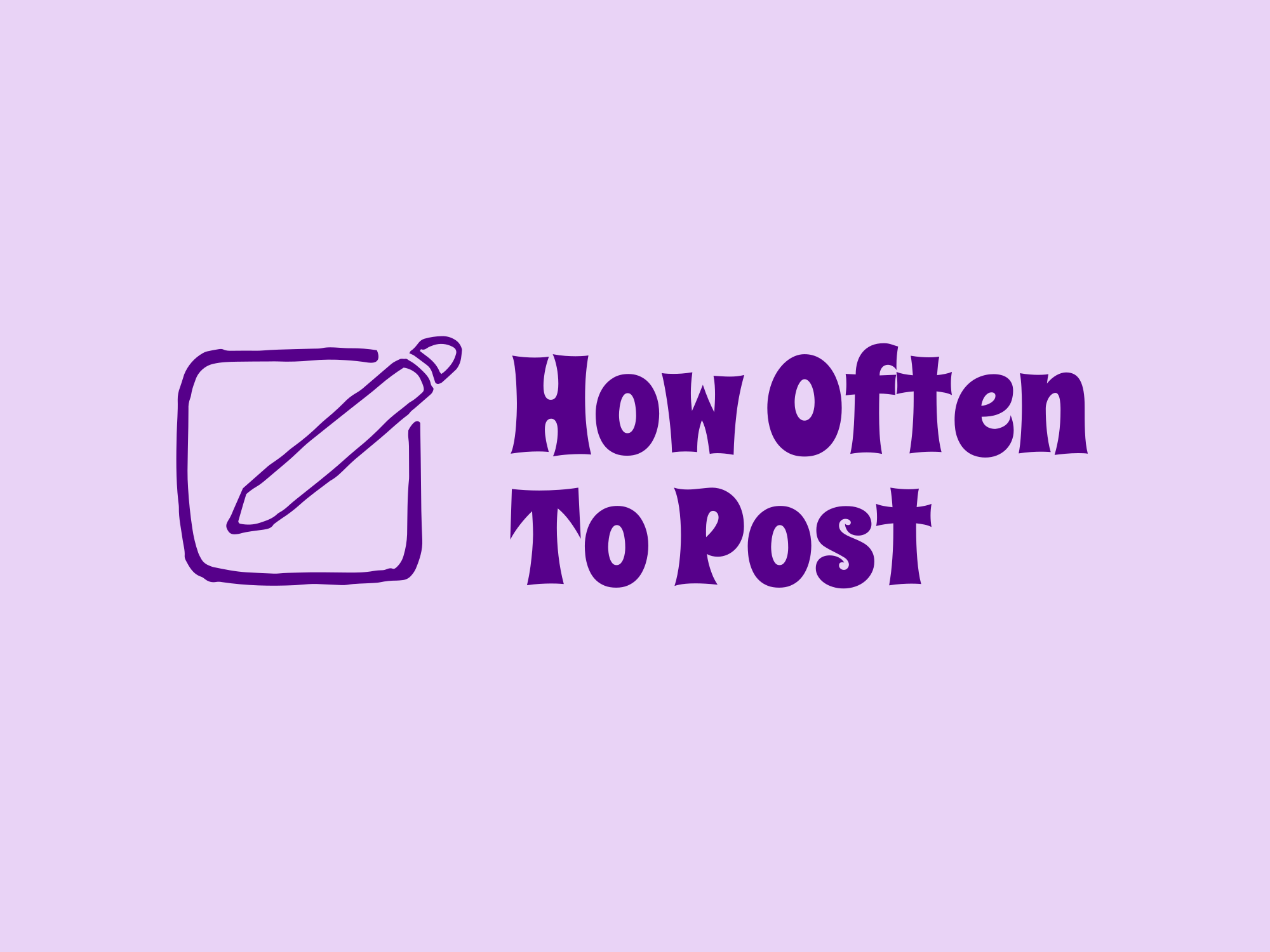Guide
In today’s digitally-driven world, it is essential for labor unions and nonprofits to use Instagram as a powerful tool to amplify their voices and advocate for change. With over one billion active users, Instagram provides a vast platform to reach a diverse audience and spark social movements. By utilizing this platform effectively, organizations can showcase their impactful work, engage with supporters in real-time, and raise awareness about pressing issues. In an era where visual storytelling holds immense power, Instagram allows labor unions and nonprofits to humanize their causes, foster community support, and ultimately drive meaningful action. Through compelling visuals, captivating captions, and strategic use of hashtags, these organizations can inspire empathy, incite activism, and mobilize individuals towards collective empowerment. The ability to connect with people on a personal level through engaging content makes Instagram an invaluable tool in the fight for justice and equity.

Nonprofits and labor unions should aim to post 3 to 5 times a week on Instagram. This frequency keeps followers engaged without overwhelming them. Each post can highlight events, share success stories, or promote campaigns. Consistency is key to building a loyal audience. Quality matters, so focus on clear messaging and strong visuals. Regular posting can help boost visibility and support outreach efforts.


Nonprofits and labor unions should post stories that highlight their impact. Share photos of events, community gatherings, and volunteer efforts. Use videos to showcase member experiences and testimonials. Infographics can clarify key statistics and goals. Behind-the-scenes content builds transparency and trust. Celebrate wins, big and small, to inspire followers. Keep followers informed about campaigns and initiatives. Engage with the audience through polls or questions. Highlight partnerships and collaborations to show strength in numbers. Consistent, authentic content can grow support and encourage action.

Avoid overly polished content that feels insincere. Don’t ignore negative comments; engage with them constructively. Steer clear of posting too frequently, which can overwhelm your audience. Avoid using jargon that may confuse followers. Lastly, don’t neglect analytics; track what works and adapt your strategy.


In order to create a successful Instagram campaign for a nonprofit organization, it is important to start by clearly defining the goals and objectives of the campaign. This includes determining the target audience, identifying key messaging and content themes, and establishing key performance indicators to measure success. By having a clear understanding of what the organization hopes to achieve through the campaign, it will be easier to develop a strategic plan for execution.
Once the goals and objectives of the campaign have been established, the next step is to create engaging and compelling content that will resonate with the target audience. This may include sharing impactful stories, images, and videos that highlight the mission and impact of the organization. It is important to not only create visually appealing content, but also to ensure that it is authentic, relatable, and shareable. By creating content that captures the attention of followers and encourages them to engage with and share the organization’s message, the campaign is more likely to succeed.
Finally, in order to ensure the success of the Instagram campaign, it is important to actively engage with followers, respond to comments and messages, and regularly analyze and adjust the campaign strategy based on performance metrics. This may involve monitoring key performance indicators such as reach, engagement, and conversion rates, and making adjustments to the campaign as needed. By continuously evaluating the effectiveness of the campaign and making data-driven decisions, the organization can maximize its impact and reach on Instagram, ultimately leading to a successful campaign that helps achieve the goals of the nonprofit organization.

Harnessing Instagram for Labor Unions and Nonprofits:
A 90-Day Engagement Campaign
In the digital age, social media platforms like Instagram have become essential tools for communication and engagement. For labor unions and nonprofits, leveraging Instagram effectively can mobilize members, increase participation in events, and drive advocacy efforts. With over 1 billion users worldwide, Instagram provides a vibrant platform to inspire action and build community. Here’s a comprehensive guide to launching a 90-day campaign focused on engaging members and motivating them to take specific actions through Instagram.
Campaign Goals
Before diving into the campaign, it’s crucial to define clear objectives. Possible goals could include:
Increase Event Attendance: Encourage members to attend an upcoming event, such as a rally, meeting, or workshop.
Drive Petition Signatures: Mobilize support for a specific cause by promoting a petition.
Voting Participation: Inform members about upcoming votes on key issues and encourage them to participate.
Foster Community Engagement: Strengthen the community bond among members through interactive content.
Strategy Overview
Phase 1: Preparation (Days 1-30)
Define Your Message:
-
-
Craft a clear and compelling message that resonates with your audience. This message should align with your organization’s mission and the specific goals of the campaign.
-
Create Content Calendar:
-
-
-
Develop a detailed content calendar for 90 days. Schedule daily posts that include a mix of graphics, videos, stories, and live sessions. Consistency is key.
-
-
Engage Influencers:
-
-
Identify and reach out to influencers or prominent members within the community who can amplify your message. Their endorsement can significantly boost your campaign’s reach.
-
Hashtag Strategy:
-
-
Create unique campaign hashtags and combine them with popular and relevant ones to expand your visibility. Encourage members to use these hashtags in their own posts.
-
Phase 2: Engagement (Days 31-60)
Storytelling through Visuals:
Use high-quality visuals to tell stories that resonate with your members. Share testimonials from individuals who have benefited from your organization’s work, or highlight stories that showcase the need for action.
Interactive Content:
-
-
-
Utilize Instagram Stories to create polls, quizzes, and Q&A sessions. These tools not only engage members but also gather insights into their thoughts and opinions.
-
-
Countdowns and Reminders:
-
-
Use countdown stickers for events and deadlines related to petitions or voting. This creates a sense of urgency and keeps your campaign at the forefront of members’ minds.
-
User -Generated Content:
-
-
Encourage members to share their experiences and photos related to the campaign. Feature this user-generated content on your page to foster community and increase engagement.
-
Phase 3: Action
(Days 61-90)
Call-to-Action Posts:
-
-
Craft compelling posts that include clear calls to action. Whether it’s signing a petition or attending an event, be specific about how members can contribute.
-
Live Events:
-
-
Host live sessions on Instagram with leaders from your organization to discuss the importance of the campaign and address any questions from members. This transparency builds trust and encourages participation.
-
Event Recaps:
-
-
After events, share engaging recaps that highlight the impact and importance of participation. Tag attendees to recognize their involvement and encourage future participation.
-
Reminders for Voting/Signatures:
-
-
As voting days approach, ramp up your reminders and information posts. Provide members with all the necessary details they need to vote, such as polling locations and deadlines.
-
Measuring Success
Throughout the campaign, it’s essential to track key performance indicators (KPIs) such as:
-
Engagement Rates: Monitor likes, shares, comments, and direct messages to assess how members are interacting with your content.
-
Event Attendance: Track RSVPs and actual attendance to measure the effectiveness of your outreach.
-
Petition Signatures: Count the number of signatures collected during the campaign period.
-
Voting Participation: Analyze how many members participated in the voting process.
